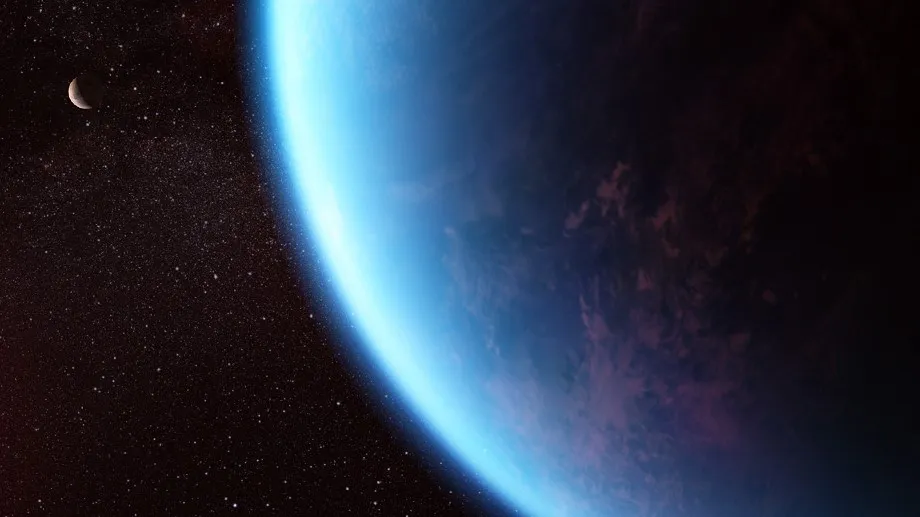NASA invites everyone to join exoplanet hunt
- August 21, 2024
- 0
The first planets outside the solar system were discovered only at the end of the 20th century, and even then they continued to pour in like a cornucopia.
The first planets outside the solar system were discovered only at the end of the 20th century, and even then they continued to pour in like a cornucopia.

The first planets outside the solar system were discovered only at the end of the 20th century, and even then they continued to pour in like a cornucopia. To better identify new exoplanets and make further discoveries, NASA is currently preparing a new space mission: the Nancy Grace Roman telescope. And to cope with the huge data, the space agency will make it accessible to everyone.
The idea of other worlds that could be inhabited has confused humanity for centuries. But the first reliable evidence of the existence of planets that do not revolve around the Sun appeared only in the late 1980s and early 1990s. Soon after, a real “hunt” for new exoplanets began, in which many astronomers from different countries participate to this day.
They are helped by a number of methods: transit (based on the passage of the planet through the disk of the star, which is essentially an eclipse), Doppler based on gravitational microlensing, etc. As a result, we now reliably know about more than five thousand planets on other stars, and their number is constantly growing.
Such discoveries require the analysis of large data, which requires the effort of researchers. For this reason, NASA has previously attracted enthusiasts who did not have the status of a scientist but had free time and motivation. This is an example of the popular “citizen science” trend (in English, citizen science).
“Citizen scientists” previously helped analyze data from space observatories TESS, specifically designed to search for exoplanets, and the decommissioned Kepler. The result of their work was the discovery of several new planets and the prediction of the optimal period for observing them – now used by professional astronomers.
Soon, the opportunities for those who want to help astronomers with their discoveries will be much wider. “No matter where they live, anyone with a smartphone or laptop can become a full-fledged participant in the many projects of this citizen science initiative and help us learn something new about the universe,” said Rob Zelem (Rob Zellem) is an astrophysicist at NASA and leads the Exoplanet Watch program.
There’s an inspiring possibility surrounding the launch of the Nancy Grace Roman Space Telescope, a broadband infrared observatory. According to plans, one of NASA’s most ambitious projects is set to launch in May 2027. The Roman telescope will be equipped with instruments to explore exoplanets through direct observation, transit, and gravitational microlensing.
Astronomy enthusiasts will be able to use data from space telescopes at the same time as scientists, immediately after preprocessing them. The scope of future work is extensive: Roman is expected to send 17 times more terabytes of information to Earth every day than the James Webb Observatory.
The Habitable Worlds Observatory (HWO) space telescope is expected to join Roman in orbit in the 2040s. It will operate in the ultraviolet, optical and infrared ranges and, with the help of anyone who wishes, will also search for exoplanets.
Source: Port Altele
As an experienced journalist and author, Mary has been reporting on the latest news and trends for over 5 years. With a passion for uncovering the stories behind the headlines, Mary has earned a reputation as a trusted voice in the world of journalism. Her writing style is insightful, engaging and thought-provoking, as she takes a deep dive into the most pressing issues of our time.